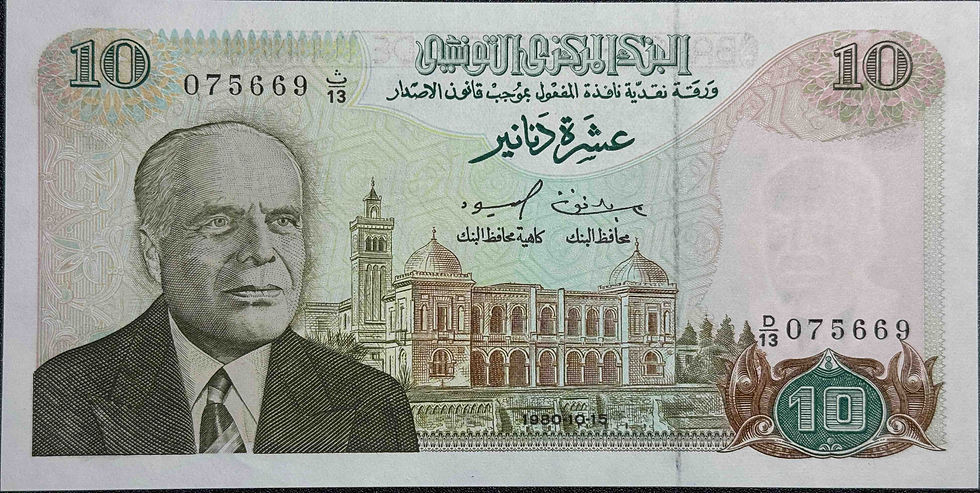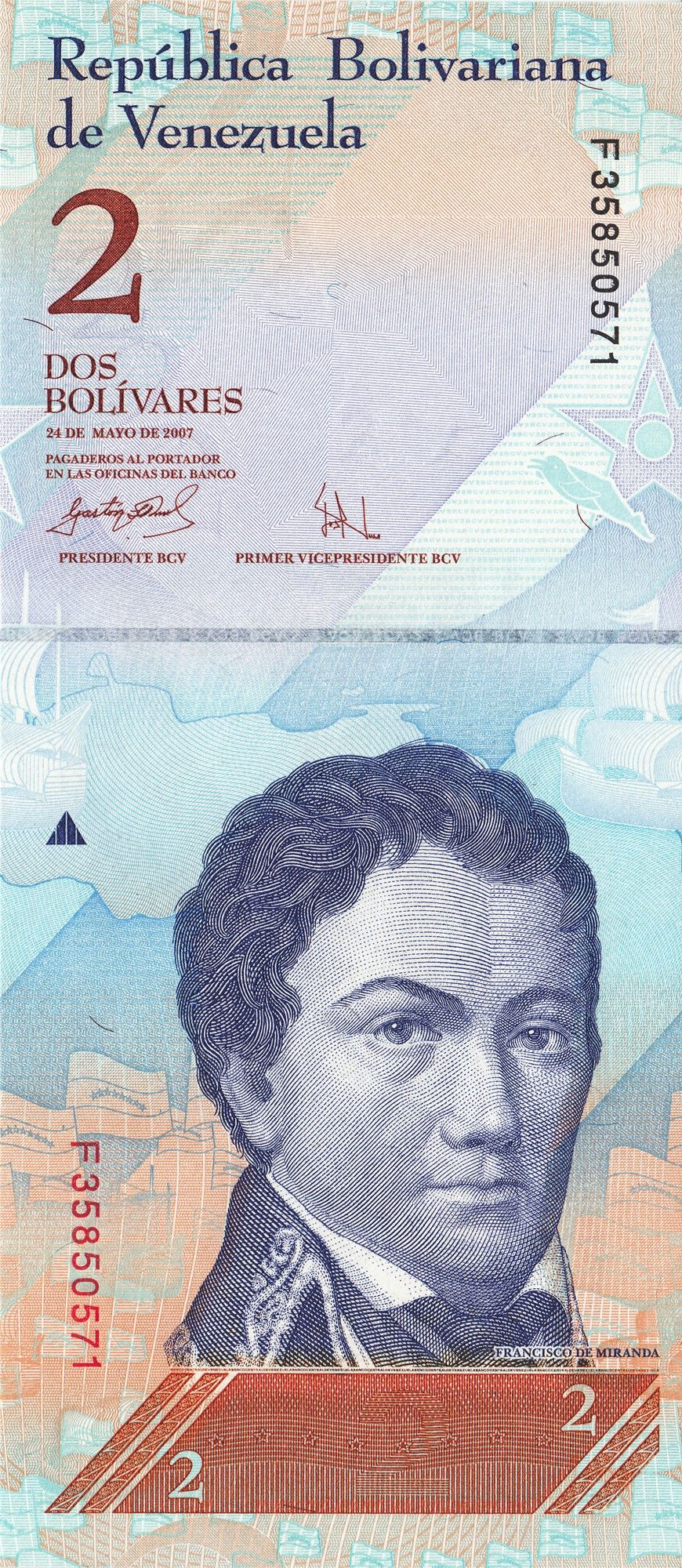North Korea Foreign Currency Notes 1988 Issue 5 Won, 10 Chon, 5 Chon Banknote Set
When collectors hear the term "North Korean (Democratic People's Republic of Korea) banknotes," many will think of the standard won banknotes that circulated within the country. However, what we're introducing today are special-purpose banknotes called "Foreign Exchange Certificates (FECs)," which are different from regular currency. These are extremely rare banknotes that were issued in 1988 and were used for foreign tourists and diplomatic personnel, and are now attracting a lot of attention as collector's items that tell a story of their historical background.
This page introduces three types of coins issued in 1988: 5 won, 10 cheong, and 5 cheong, and provides a detailed explanation of their history, characteristics, and collector's appeal in over 2,500 words.
⸻
What is a Foreign Exchange Certificate (FEC)?
Origin of the system
North Korea's foreign currency notes are a special medium of exchange that is different from the domestic currency, the Korean won. When foreigners stay in North Korea, they are not allowed to use foreign currencies such as US dollars or Japanese yen directly, and instead a system has been introduced in which they must exchange their foreign currency for FECs (foreign currency notes).
This card could only be used in hotels, restaurants, and shops catering to foreign tourists and business people, and was unavailable to ordinary people in the country. As such, it is a symbol of North Korea's controlled economy and socialist system.
Purpose of use
• Shops and accommodations frequented by foreign tourists
• Consumption payments for diplomats and international organization personnel
• Certain state-run facilities for the purpose of earning foreign currency
In other words, it was not a "nominal currency" but a "controlled banknote for foreigners," and it has now been discontinued and is purely a collector's item.
⸻
Features of the 1988 FEC
Publication year and historical background
In 1988, South Korea hosted the Seoul Olympics and increased its presence in the international community. Meanwhile, North Korea was becoming increasingly isolated from the international community and facing economic difficulties. During this period, foreign currency notes were actively issued with the aim of obtaining foreign currency from abroad.
Design Features
This set comes in three varieties:
1. 5 won note (1988)
• The front features a traditional Korean building (pavilion) and has a gorgeous design with a red base.
• Pattern and number "5" on the back.
• The right side of the banknote features a globe and grain emblem.
2. 10-chon note (1988)
• Vibrant design based on pink and green.
• Large denomination of "10" on the obverse and a similar decorative pattern on the reverse.
3. 5-Chon Note (1988)
• A combination of reddish purple and light brown.
• The number “5” is large and centrally placed.
All of them are very simple and feature many geometric patterns, and show artistic expression unique to socialist countries.
⸻
Appeal from a collector's perspective
1. Discontinued and rare
The FEC system has already been abolished, so no new FECs are being issued. Only a limited number of 1988 coins remain, and mint condition ones are especially rare.
2. Telling the historical context
It is a symbolic document that shows how North Korea controlled foreigners during the Cold War, and has historical value that goes beyond that of a simple banknote.
3. The fun of collecting the series
FECs come in a variety of denominations and designs, so it's fun to collect the whole series. The 5 won, 10 cheong, and 5 cheong denominations are even more valuable when collected as a set.
4. Investment Aspects
Demand for North Korea-related items is increasing year by year in the international collector's market. Banknotes and stamps are particularly popular, and there is a possibility that prices will rise in the future.
⸻
Frequently Asked Questions (FAQ)
Q1. Can I still use this foreign currency voucher?
→ No, it has been discontinued. It is only valuable for collection and research purposes.
Q2. Is it authentic?
→ The item introduced on this page is the original product that was actually issued in 1988.
Q3. What is the condition?
→ Basically unused or in mint condition with slight traces of circulation. Please check the photos.
Q4. Why was it only for foreigners?
→ This system was introduced for management purposes to prevent foreign currency from circulating directly within the country.
top of page
¥750Price
Sales Tax Included
Related Products
bottom of page

















